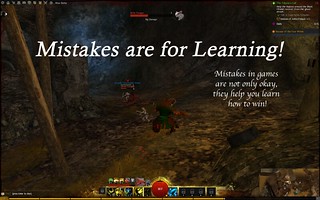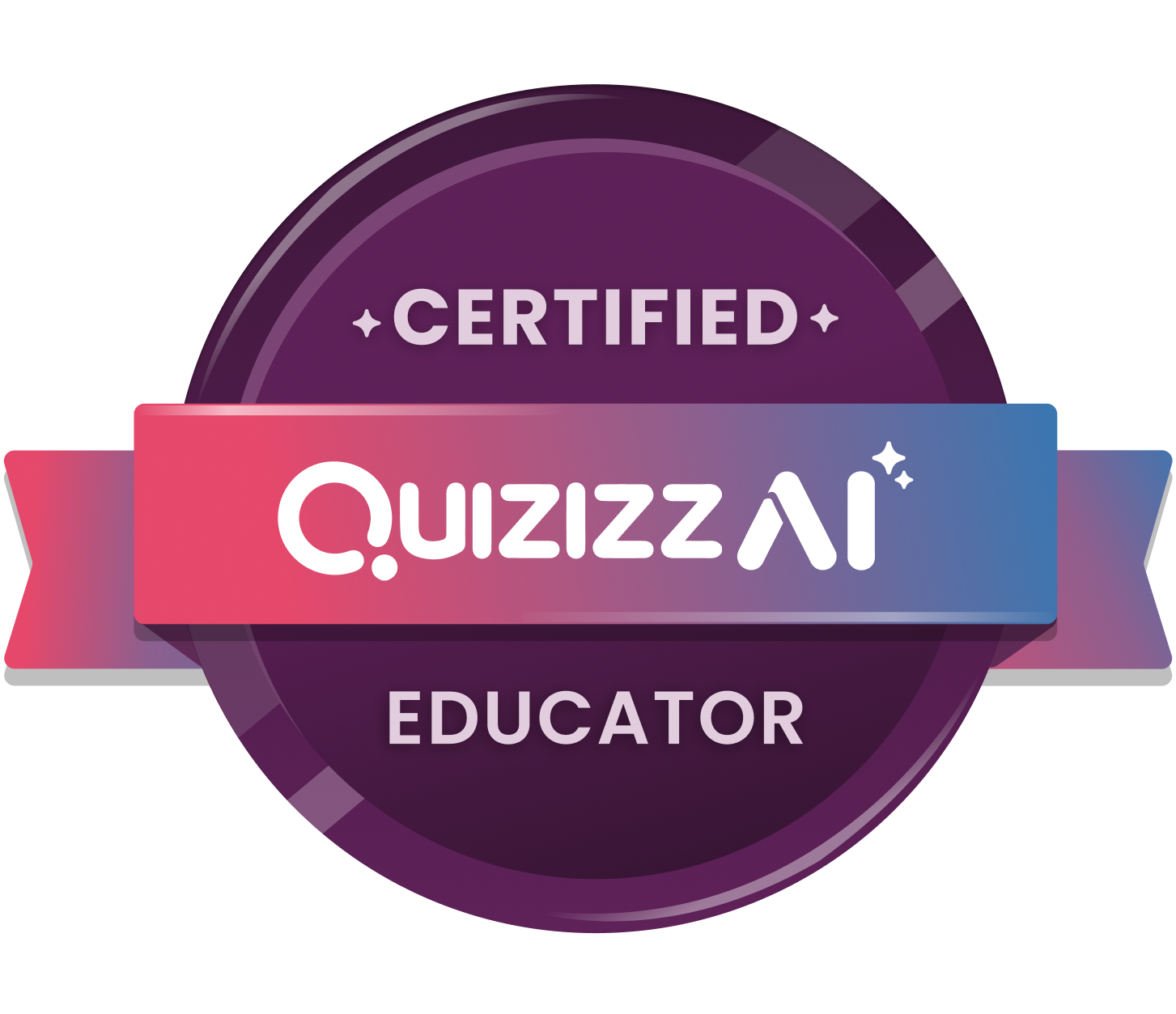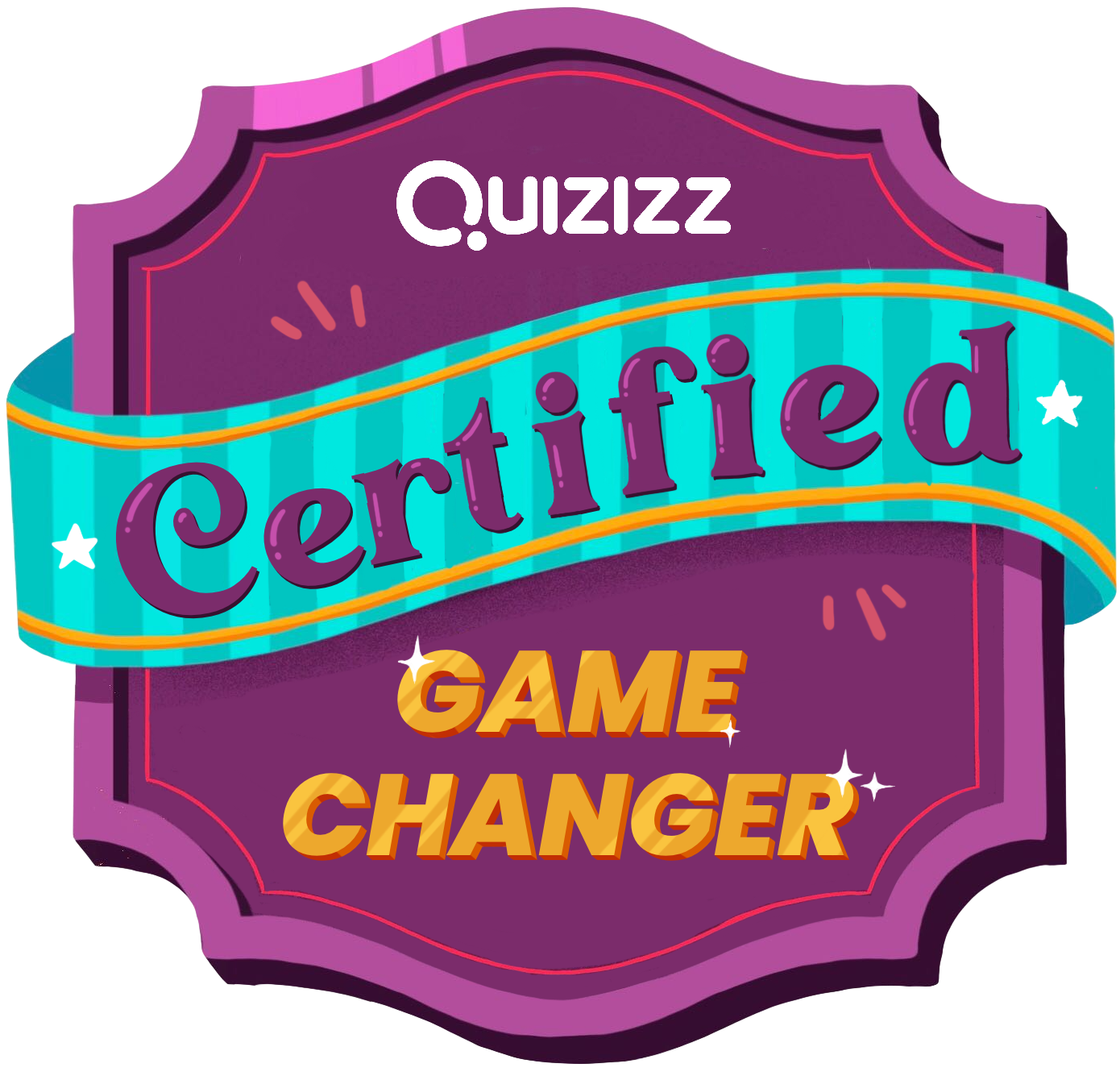[This is part of a series of posts I’m writing as I reflect on another online course I’m taking this summer, Stanford University’s EDUC115N How to Learn Math. Sure, I’m a Science teacher but I have taught Math so I’m familiar with Math instruction. Besides, we do use Math in Science so it’s not like I don’t do any Math with my students and my NB certification is an early adolescent generalist, which means I’m an integrationist at heart.]

Here are my final quotes and some notes from the last session of the course.
Quoted from Dr. Boaler:
“I was in a high school geometry class recently in California, in a great school with lots of great teachers and ideas. But, as the teacher tried to get students to reproduce the exact accurate words on the next line of the proof, I just wondered at how the students could make sense of this in terms of their lives outside the classroom where very little depends on the precise adjustment of a single word. Of course, precise wording is important in mathematics, but it seems high school geometry classes are about little else. And they’re far from that exciting mode of time and space and geometry in action that Sebastian and Sophie [two people Dr. Boaler interviews for the course] described. And for Sophie the fact that her geometry class was so removed from the world was the reason she felt forced to both suspend reality and disengage from maths. This reminds me of a great quote by a sociologist and newspaper writer, Hilary Rose, who recalls that as a young child she loved to explore patterns and numbers and shapes. But her sense of mathematical wonder ended in school. And this is what she said:”
‘Thinking about it, it was those so called practical problems that irritated me the most. It was obvious to me that many of the questions simply indicated that the questioner did not know enough about the craft skills involved in real world solutions. Lawn rollers being pulled up slopes, wallpapering rooms by calculating square feet and inches, these were tedious and as far as that highly practical child could see, stupid. I knew that the price I paid was to lose my sense of confidence that school maths and everyday maths were part of one world.‘
“I haven’t talked in this course much about the difference between questions that really are in the world and involve the world, and are great. And those that I would call pseudo context such as those that are used in most word problems. Where people are meant to read the words but not really engage with them as though they are real. And they fill maths textbooks. But I have a paper written just on that which is in the references and a chapter of my book. And Dan Meyers’ website has hosted a discussion around these pseudo-context problems, as well as how to redesign tasks and modelling tasks using multimedia. So these links are all good resources for those.”
http://blog.mrmeyer.com/?p=8002
http://blog.mrmeyer.com/?p=17162
http://threeacts.mrmeyer.com/
“So I think its important to reflect on the geometry of time, space, light, film making and so much more. And to replace the artificial unreal world of geometry classes with one that’s all about life. So that’s my thought about geometry’s role in transforming students’ maths experiences for the better. I know we would need a whole course to work out how to do that and we, you need a lot of time to work on how to do that. The same is true for algebra and for the number work but, as this course is about, hopefully, sparking ideas and empowering you to make those changes, hopefully these are helpful. And here’s another idea or really, a research finding, to really provide students with maths that represents the world. We shouldn’t be separating algebra and geometry. This is really a conversation for the US viewers, because the US is the only country I know of that does this. Maybe there are others, but in the US, students take a year of algebra, then a year of geometry when they forget most of
the algebra. Then a year of advanced Algebra that spends a big time in that course going back over the algebra from the first course. I found it hard when I first moved to the US to even know where some important and really good topics and problems would fit between, with within these artificial distinctions. And the distinctions certainly don’t represent the world. Two studies have been conducted recently with large numbers of students, and one study by Degross and colleagues, they studies 2,161 students. Half of them went to the traditional US approach of algebra, geometry and half of them went through an approach where the subjects were taught together that they’re starting to call the international approach in the U.S. In a second study James Tar and colleagues studied 3,258 students also in the traditional approach and the international approach. In both studies the students working with the integrated curriculum of the international approach scored significantly higher on every achievement measure that was given to them.”
Dr. Boaler
Small changes to a classroom make a difference
by KRM (a student in the course reflecting on the discussion forum)
“Students learned how to select and sort information. They read carefully and decided what previous knowledge was applicable to the new situation. The math they had done in class was not compartmentalized and the teacher did not demonstrate how to do the problem first. They probably did problems that were multi-step, multi-concept and had little scaffolding.
If you want to make small steps in a traditional classroom, here are a few suggestions:
1. Ask the question first. It can be a question you already have, and it does not have to be a great open ended question. Do this right from the beginning of the year so it sets the “tone.” You will get complaints at first that you are not “teaching” but the students adjust. Find a problem that has more than one way to do it. Don’t show them what to do, just let them work and ask questions. Hopefully you will get more than one solution to discuss with the class. For example- Give the students 3 ordered pairs and ask if they are all on the same line. It can be done by graphing, comparing slopes, writing the equation a line through 2 points and showing the third point is on it, or using distances. If a student finds one method quickly, challenge him to find another.
2. Don’t label or tell the students the “topic” of a problem before you do the problem. This takes away the necessity of thinking about what skill to use. AFTER you have finished the problem ask the students how they think the problem should be labeled. What was the key idea? What skills did they need?
3. Take the scaffolding out of the problem and let the students figure out what they need to do. Let them decide on their own process. Sometimes you will be surprised; they find methods better than yours. Have the students work in groups and you can walk around to answer questions and give hints if necessary. When the class is done, the students can generalize the thought process or procedure for the solution.
4. If you review, don’t go in any order or have labels on the problems. Mix everything together so the students have to think and figure out what concepts apply.
5. When I test, I always make sure there are a couple of problems that require concepts from previous units. If there is concept from an earlier unit that caused difficulty, revisit it during class and include it on the next test. If a student thinks he is never going to be asked about a topic again, he will not remediate. There needs to be incentive to correct mistakes and have a growth mindset, especially with older students.
6. This is a new idea that I am going to try this year. Every unit has a couple of quizzes before the test. The quizzes are really formative, not summative, assessment. If a student does poorly, comes for help, corrects his errors and discusses his thinking with me, I will allow him to “drop” the quiz if he requests to do so. This makes the test have a bigger impact on his grade but it is also incentive to understand the material before the test. If a student can do well on a test, why must a poor quiz grade detract from his achievement?”
New quote about a study with very interesting results:
“But also in two sets of school students that I wanted to tell you about. So, in the UK I studied students in two schools over three years, who were taught math completely differently. So, I collected a lot of data on their learning experiences and their achievement, including the results of the national exam in England. One school taught traditionally: watch me demonstrate methods and then practice them. The other taught an inquiry approach to maths. Both sets of students started in three years at the same levels. Now, I’m not going to go through the study, but there’s a book on it and also papers that are downloadable from my website, but I will say a few things. At the school I called Phoenix Park, they were taught in heterogeneous groups, and they were given big problems to solve. If they needed some mathematical method they didn’t know to solve the problem, they were taught it within the problem. They were constantly challenged to ask questions, take problems in their own directions, and be curious about maths. The students left that school not only better problem solvers, but they also did better on the traditional national exam. In the other school that I called Amber Hill, they were taught the standard method through demonstration and practice. But the students were bored by maths and they didn’t understand most of the methods they were taught. As an example of this, in their national exam, which I was able to go and analyze, there was a question on simultaneous equations or systems of equation as they’re called in the U.S. At Phoenix Park they weren’t taught that method. But in the exam, twice as many Phoenix Park students got that question right. Only 26% of the Amber Hill students solved the problem. The rest of them used a confused and jumbled version of the procedure. So, they tried to use it, but not successfully. The Phoenix Park students were much more successful by looking at the situation and the numbers and making sense of it.”
Dr. Boaler
Here’s what students said when interviewed by Dr. Boaler:
“So, these interview quotes will give you a sense of how students who weren’t taught through standard questions and didn’t practice on the questions for three years, like those in the traditional school, ended up doing better on the national exam. So, this is Adrian, from Phoenix Park, just reflecting on the exams when he said,”
‘I tend to go into them anyway just thinking that I can do them. Yeah, there wasn’t any time I though well
this is this, this is this. I just worked it out from the knowledge that I had.‘
“Contrast that with these two students from Amber Hill, a traditional school who practiced endlessly on these questions. And they said very illuminating things to me in an interview. One of them said,”
‘It’s stupid really, because when you’re in the lesson, when you’re doing work, even when it’s hard, you get the odd one or two wrong, but most of them you get right. And you think well when I go into the exam I’m going to get most of them right because you get all your chapters right, but you don’t.‘
“And this boy who was very interesting also said,”
‘You can get a trigger, when she says like simultaneous equations and graphs, graphically. When they say that and, you know, it pushes that trigger, tells you what to do.‘
“And I asked him, what happens in the exam when you haven’t got that? And he said,”
‘You panic.‘
What do those 3 responses from the students tell you about why the PP students did well on the national exam and the AH students did not?
My reflection: It was the growth mindset, the inquiry approach, and the natural curiosity and confidence the PP students had that made the test nothing to worry about. While the AH students had been taught rigidly so that the test was something to fear and if something on the test wasn’t exactly as they had learned it they had no skill set to handle the problem solving they needed to do. It’s obvious that the didactic contract is robbing children of the ability to problem solve and making them dependent on what we teach them and how we teach them, with the triggers we teach them.
So here’s what Dr. Boaler has to say about those who aren’t sure about teaching Math with an inquiry approach:
“Some people argue that open inquiry approaches are only for high achieving students or students from more wealthy homes. But most of the Phoenix Park students lived on a housing estate, I think like a project in the US, that the police even wouldn’t go onto at night. And they came to the school mathematically weak and significantly below the national average in their maths achievement. They left the school significantly above the national average. The students at Phoenix Park, even though they learned through open problems, still learned standard mathematical methods, but they learned them through an inquiring relationship, which meant they learned how to use them. And this stayed with them into their work lives. And this stayed with them into their work lives. When I caught up with both sets of students as young adults from about 24, I found that the Phoenix Park students were in more professional jobs that were higher on the social class scale, even though they were living in a much poorer area of the country. Their inquiry relationship had clearly stayed with them and insured their success.”
Dr. Boaler
Sebastian Thrun in an interview with Dr. Boaler (I really liked what he had to say):
“Someone told me once that, if you are K through 12 teacher and you’re teaching kids in maths. Something like 65% of the jobs that your kids will take haven’t even been invented yet. So it’s really hard to prepare kids. And obviously we live within an utterly outdated curriculum. The curriculum goes back to any number of years. And for various bureaucratic reasons, we are just unable to change even the most basic things. And we also try to force every student into the same schemes if they’re all like robots and have to learn at the same speed. Which is, specifically for math, is really a problem because math is such a beautiful thing if you give people the time that they need. Some are very fast, some are very slow. You can get pretty much every kid there. For me the critical thing in math is actually not applying formulas, that’s like the least interesting component. The most interesting thing is, think like a mathematician. And thinking like a mathematician is a very intuitive thing. It’s the skill that you can look at a problem, and make an assessment when a number’s involved, when a quantity’s involved. It’s the skill of making a baking recipe, understand how to scale it up to more people. It’s the skill, how to pack a truck. When you want to move somewhere, and how the moving distance affects the size of truck you’re going to rent and the way you pack it, turns out. If you move short distance, you pack it different if you move long distances. And these skills in daily life, really, really good mathematicians to me have really insightful answers for those skills. It’s the skill of thinking first principles. Most of us think by analogy as Elon Musk tends to say. But if you say, okay, the problem is solved this way over here. It has to be solved exactly the same way over here. With an understanding that there’s assumptions behind it. It’s a skill of being able to say, well, does it have to be this way? What are the assumptions? In my own work right now in education we make this assumption that we teach all of the students at the same speed. And it has a huge impact on learning. What if you just let that go instead and you can teach students at their own speed? What if, what would be the outcome, and how could we, structure the material differently? It’s the skill of logical thinking of saying, okay if that’s the case, maybe the following assumptions are also wrong. Maybe the teacher doesn’t have to be in front the entertaining the kids. Maybe the teacher can be interacting with the kids on their own turf, and then really be relentless about digging in and seeing if he can find a better mode. Again, I think what we teach in math is pretty irrelevant. It’s the skills that kids pick up, how to look at life, and the ability to apply those things to real life situations. I think any particular formula is probably uninteresting, but the ability to think abstractly. And math to me is just a training course to be a citizen, how to think in the world. In a world of numbers of people, of relationships, of time, of space and so on. So we can get people, kids, that feeling of how to deal with these things and empower them and take away the fear everywhere. And that’s irrespective of the job description, again no job has, most jobs have not been invented yet that teachers teach kids on.”
If nothing thus far has convinced teachers of Math to change the way they teach, if they teach with a mostly traditional approach, to a more inquiry, growth mindset approach the very idea that we have to prepare kids for jobs that don’t yet exist should at least make us question how we can do that using approaches that are centuries old!
Here’s an article by Dr. Boaler with ideas for parents on helping their kids with Math.
Here’s a one-page summary Dr. Boaler put together for us about this course.
And here’s a link to Dr. Boaler’s website.

































































